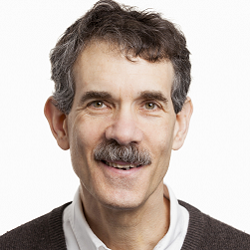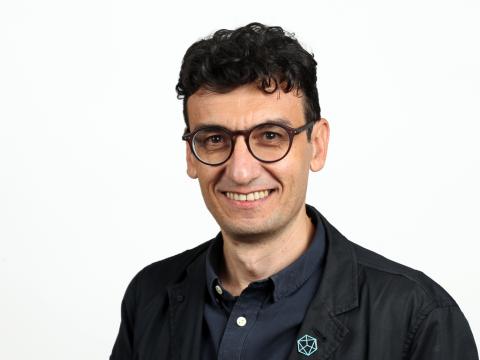Abstract
The endoplasmic reticulum (ER)-localized peroxiredoxin 4 (PRDX4) supports disulfide bond formation in eukaryotic cells lacking endoplasmic reticulum oxidase 1 (ERO1). The source of peroxide that fuels PRDX4-mediated disulfide bond formation has remained a mystery, because ERO1 is believed to be a major producer of hydrogen peroxide (H2O2) in the ER lumen. We report on a simple kinetic technique to track H2O2 equilibration between cellular compartments, suggesting that the ER is relatively isolated from cytosolic or mitochondrial H2O2 pools. Furthermore, expression of an ER-adapted catalase to degrade lumenal H2O2 attenuated PRDX4-mediated disulfide bond formation in cells lacking ERO1, whereas depletion of H2O2 in the cytosol or mitochondria had no similar effect. ER catalase did not effect the slow residual disulfide bond formation in cells lacking both ERO1 and PRDX4. These observations point to exploitation of a hitherto unrecognized lumenal source of H2O2 by PRDX4 and a parallel slow H2O2-independent pathway for disulfide formation.
PMID:26504166 | DOI:
UK DRI Authors

